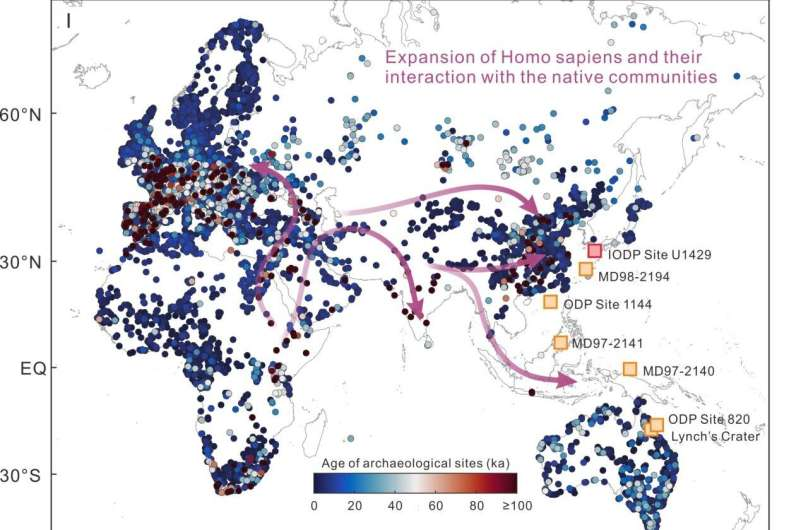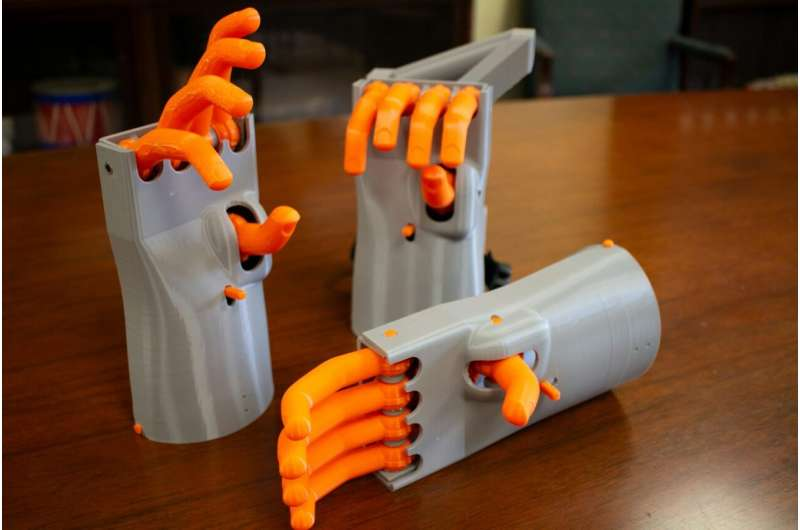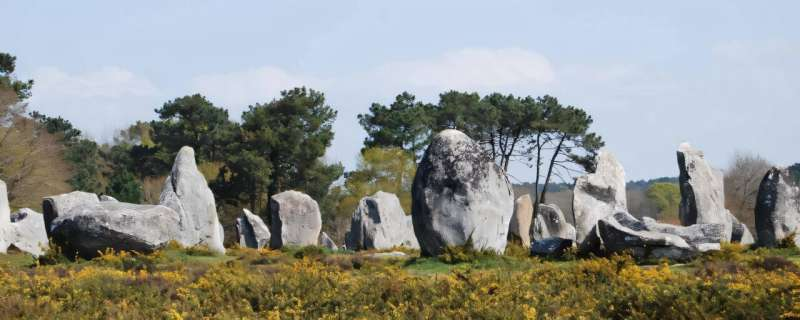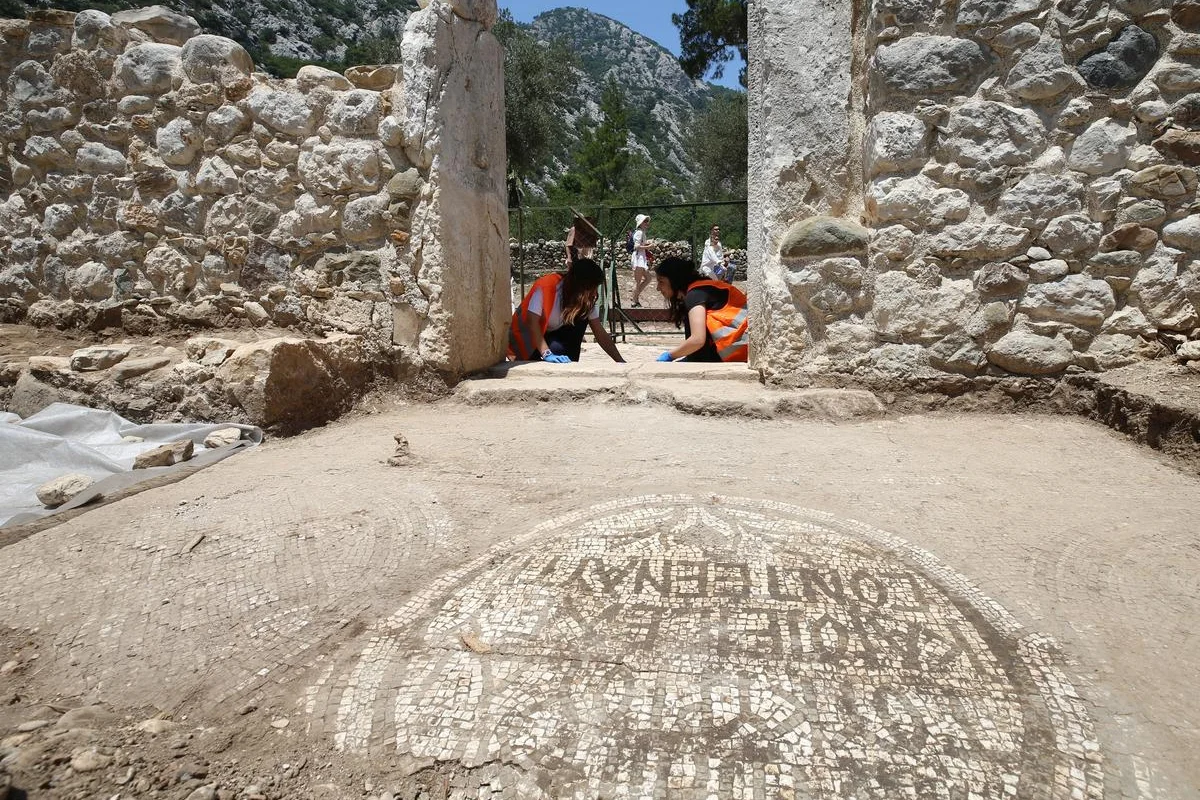In a remarkable turn of events, archaeologists were stunned when they uncovered a lost pyramid in Dahshur, an ancient Egyptian royal burial site. This area, known for its necropolis honoring the deceased, holds only a few remaining pyramids, making the discovery all the more exciting.
The Unexpected Discovery
One of the pyramids that still stand tall in Dahshur (Bildagentur-online/Schoening/Universal Images Group via Getty Images)
The hidden pyramid was unearthed when quarry workers stumbled upon finely cut limestone blocks while digging in the area. They immediately notified Egypt’s Ministry of Tourism and Antiquities, the department responsible for preserving the country's ancient heritage. The ministry then began excavation work, bringing the hidden pyramid into the spotlight.
British Egyptologist, Dr. Chris Naunton, investigated the site after the discovery. Describing the landscape as resembling the moon, he noted the significance of the find.
The Mystery of the Lost Pyramid
The findings were documented in the Smithsonian Channel’s "Mystery of the Lost Pyramid" documentary. According to the film, the pyramid had a passage leading from its entrance down into a complex chamber buried deep beneath the structure. Despite being sealed for thousands of years, the chamber appeared to have been disturbed—an unexpected twist.
When Egypt’s Ministry of Antiquities authorized the removal of the pyramid's capstone, archaeologists opened it for the first time in nearly 4,000 years. The contents were in disarray, much to the surprise of researchers, who had hoped to uncover treasure or ancient artifacts.
A Disturbed Burial Chamber
The chamber was ransacked despite being shut for thousands of years (YouTube / @SmithsonianChannel)
The excavation revealed two major mysteries: who was buried in this pyramid, and how had it been disturbed if it was sealed so tightly? Dr. Naunton referred to the site as an "ancient crime scene", suggesting that looters had breached the tomb before it was sealed shut.
The Identity of the Buried Princess
Chris Naunton was left puzzled (YouTube / @SmithsonianChannel)
After further investigation, it was determined that the tomb belonged to Princess Hatshepsut, a figure from the early 13th Dynasty of Ancient Egypt. Dr. Naunton theorized that the pyramid was likely looted before its sealing, which kept out later thieves but prevented verification of the burial’s integrity. This situation, he explained, represented a "perfect crime."
Using cutting-edge scanning technology, researchers revealed damaged hieroglyphs on the side of the princess's canopic chest, confirming her identity for the first time. This discovery was a major revelation, as no historical records had previously mentioned this Princess Hatshepsut, even though she was significant enough to warrant her own pyramid.
This discovery not only adds to our understanding of ancient Egyptian history but also raises new questions about the practices and politics surrounding royal burials.










